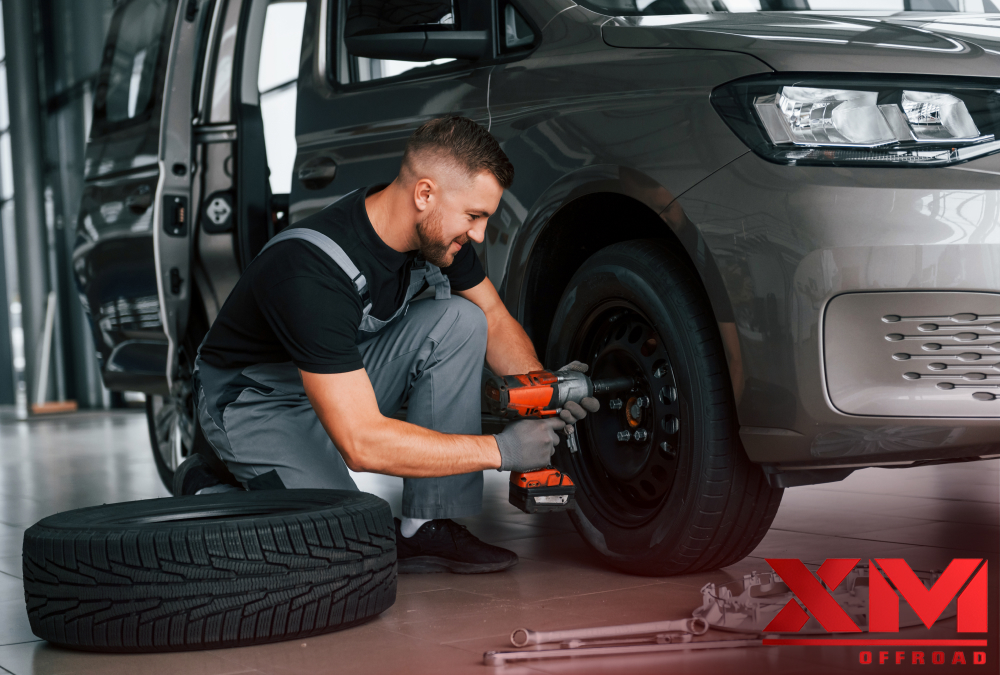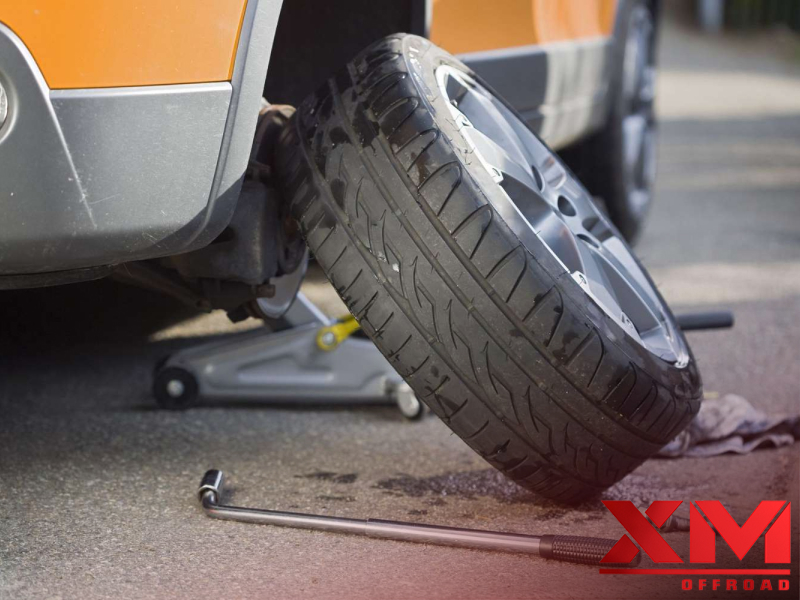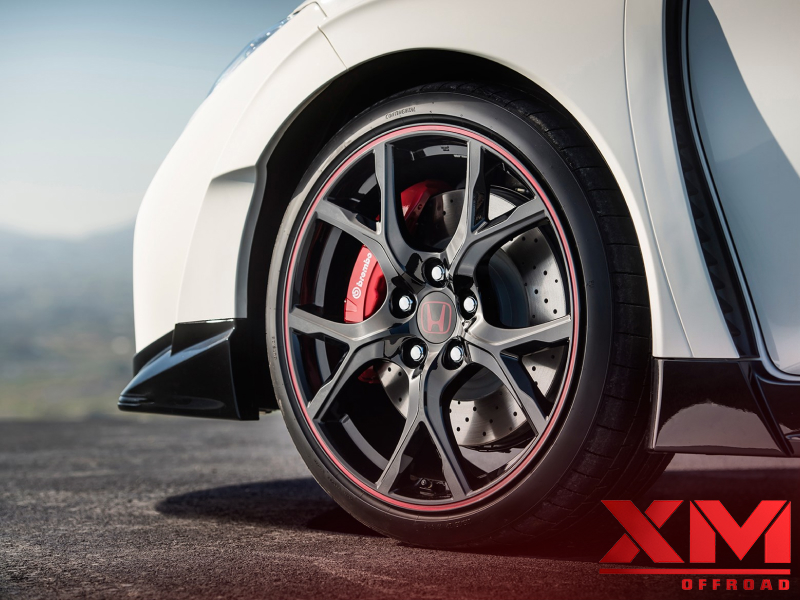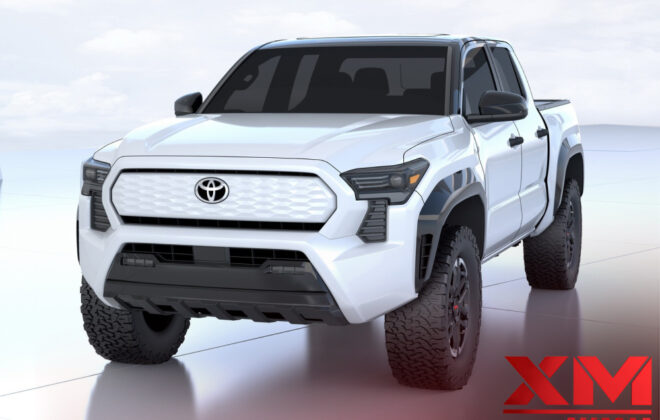
Changing Tire Size on the Same Rim: Is It a Good Idea?
The art of customizing vehicles is a favorite pastime for many car enthusiasts. One of the many alterations you might consider is changing your tire size. Maybe you’re looking for better traction, a smoother ride, or simply a new aesthetic for your car.
But before you rush into it, you need to understand that this change can have serious implications, particularly if you’re considering fitting a different tire size on the same rim.
When considering modifications for off-road vehicles, choosing the right off-road wheels and tires is crucial. Off-road wheels and tires are specifically designed to provide enhanced traction and durability in challenging terrain.
Whether you’re navigating through mud, rocks, or uneven surfaces, off-road wheels and tires can significantly improve your vehicle’s performance and capability. Before hitting the trails, make sure to consult professionals in the field who can guide you in selecting the most suitable off-road wheels and tires for your specific vehicle and off-road adventures.
Before we delve into the nitty-gritty, it’s important to clarify what we mean by ‘tire size.’ It includes three key measurements: width, aspect ratio (height as a percentage of the width), and diameter (rim size).
The Physics Behind Changing Tire Sizes
Tire and rim sizes are designed to work together. The tire size your car manufacturer recommends is based on a balance of several factors: the car’s weight, body design, engine power, braking system, suspension setup, and more.
Changing the tire size on the same rim, particularly if it’s a drastic change, can lead to physical complications such as tire stretching or pinching, both of which are unsafe.

Tire stretching can weaken the sidewalls, making them more susceptible to blowouts, while pinching can cause the bead (the part of the tire that makes contact with the rim) to not seat properly, leading to air leaks and a potential blowout.
Impact on Vehicle Performance
Altering tire size on the same rim can also significantly affect your vehicle’s performance.
Wider tires might provide more traction, but they could also lead to higher rolling resistance, which means less fuel efficiency.

Plus, there’s a higher chance of hydroplaning in wet conditions due to the increased tire footprint.
Smaller tires, on the other hand, could potentially reduce the handling quality of your vehicle due to a smaller contact area with the road, as well as affecting the comfort of the ride due to less cushioning from the tires.
Speedometer and Odometer Accuracy
A change in tire size also affects the accuracy of your speedometer and odometer, as they are calibrated based on the tire diameter.
A larger tire will make the speedometer read slower than your actual speed, and your odometer will record fewer miles than you’ve actually traveled.

Conversely, a smaller tire will make your speedometer read faster and your odometer record more miles.
Legal and Insurance Implications
Changing tire size can potentially have legal and insurance implications as well. Some jurisdictions have regulations about tire sizes, and non-compliance can lead to fines, void warranties, or problems with insurance claims in case of an accident. It’s always a good idea to check local laws and your vehicle’s warranty before making any changes.
Potential Positive Impacts
While it may seem like changing tire size on the same rim is filled with potential pitfalls, it’s not all negative. With careful planning and consideration, it could potentially improve vehicle aesthetics and certain performance aspects.
For example, if you’re considering off-roading, larger, wider tires can provide more surface area for grip, which can be beneficial. In contrast, if you’re after better fuel efficiency and less road noise, a narrower tire could help. However, these benefits must be weighed carefully against the potential drawbacks mentioned earlier.
Conclusion
So, is it a good idea to change tire sizes on the same rim? The answer depends on your specific circumstances.
In many cases, the risks outweigh the benefits, particularly if the tire size change is drastic.
It is therefore important to understand that changing tire sizes on the same rim can have serious implications and should be approached with caution. Tire and rim sizes are designed to work together, taking into account various factors such as weight, power, and suspension of the vehicle.
Making drastic changes to the tire size can lead to physical complications like tire stretching or pinching, which can compromise safety and increase the risk of blowouts. Additionally, altering tire size can significantly impact vehicle performance, affecting traction, fuel efficiency, handling, and ride comfort.
Read Also: Flat Towing a Nissan Leaf: A Comprehensive Guide for Mud Wheels
It can also affect the accuracy of the speedometer and odometer, potentially leading to legal and insurance implications. While there are potential benefits in terms of aesthetics and specific performance aspects, careful planning, professional advice, and consideration of the potential drawbacks are essential before making any changes.
So If you decide to proceed, it’s crucial to get professional advice to ensure the new tires are suitable for your rims and your vehicle.
Moreover, understanding the implications this change might have on your car’s performance, safety, and even legality is essential.
As with any significant changes to a vehicle, it’s always recommended to do your research and consult professionals in the field before moving forward.
FAQs:
Is it safe to change tire sizes on the same rim?
Changing tire sizes on the same rim can be unsafe, especially if it involves drastic changes. It can lead to physical complications, compromise vehicle performance, and increase the risk of accidents.
How does changing tire size affect vehicle performance?
Altering tire size can impact traction, fuel efficiency, handling, and ride comfort. Wider tires may provide more traction but can result in higher rolling resistance and potential hydroplaning. Smaller tires may reduce handling and comfort due to reduced contact area with the road.
Will changing tire size affect my speedometer and odometer accuracy?
Yes, changing tire size affects the accuracy of the speedometer and odometer. A larger tire will make the speedometer read slower and the odometer record fewer miles, while a smaller tire will make the speedometer read faster and the odometer record more miles.
Are there legal implications to changing tire size?
Yes, some jurisdictions have regulations regarding tire sizes. Non-compliance can result in fines, void warranties, or complications with insurance claims in case of accidents. It is important to check local laws and your vehicle’s warranty before making any changes.
Can changing tire size improve vehicle aesthetics?
Changing tire size on the same rim can potentially enhance vehicle aesthetics. Careful planning and consideration can lead to a desired visual appeal, but it’s important to balance it with the potential drawbacks and impacts on performance.
Should I seek professional advice before changing tire sizes?
Yes, it is highly recommended to consult professionals in the field before changing tire sizes on the same rim. They can provide guidance on suitable options for your rims and vehicle, ensuring optimal safety, performance, and adherence to regulations.




